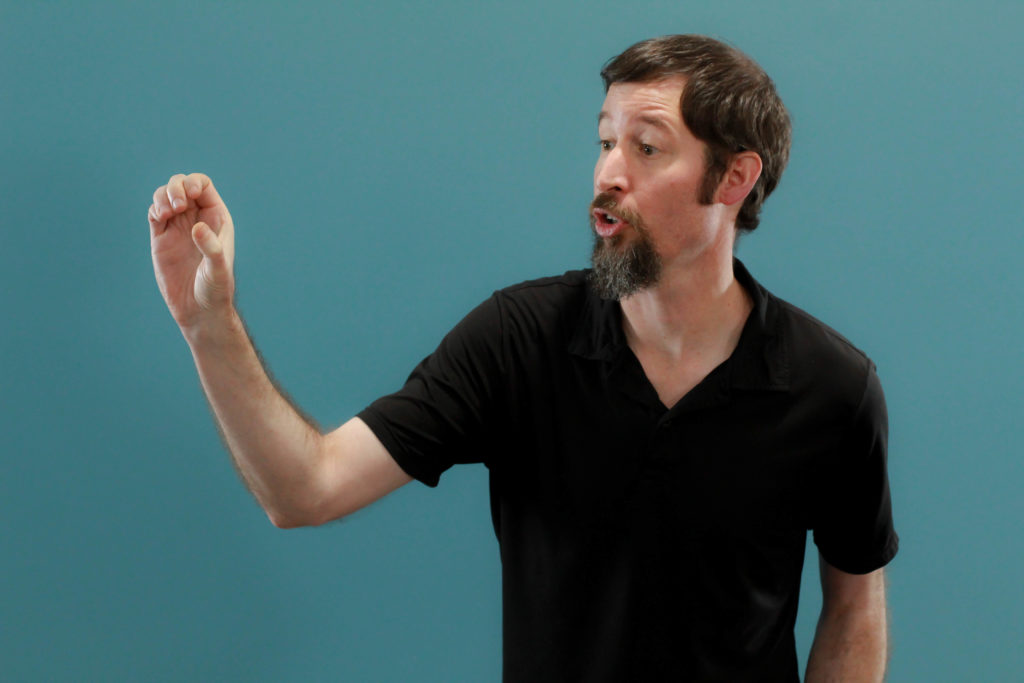Instructors
[vc_row][vc_column][vc_column_text]
Levi Cory

My professional career as a Clinical Bodywork Therapist started in 2003 in Austin, Texas. But my dedication to the work started long before I had any familiarity with the massage industry. And throughout my career I have been fortunate to come into contact with so many clients, massage professionals, teachers, and colleagues who have inspired me to continue developing my practice and who have encouraged me to share what I have learned over the years.
[/vc_column_text][vc_separator][vc_column_text]
EARLY BEGINNINGS
As a child, I grew up in a household where therapeutic touch was encouraged. My mother and father always had aches and pains, much like every human on the planet, so they were always asking for deep work into their shoulders, backs and feet. They would coach me and were quick to give positive reinforcement when I was getting into the right layers.
I remember walking on my father’s back and feeling like an explorer wandering out over foreign terrain; taking into consideration the delicate nature of the job, I “felt” with my feet. The work was something I took great pride in — helping my family feel better and being useful. The type of feedback that I received from them began to outline a standard for a quality of touch. Those early experiences would prove invaluable once I started massage school, and laid the groundwork for a smooth transition into Bodywork as a professional.
SHAPING THE FUTURE
My father was a woodworker. He had a pile of furniture pieces backed up in his shop. I would be called in to work with him from time to time sanding down finishes and learning the details of the trade. Looking back on those moments shaping and molding wood, I remember being fascinated by the art of woodturning — which is the way table makers form designs into wooden legs using a motorized machine and tools to carve the shapes. The humble beginnings of a block of wood could form an elegant carving in just a few strokes. This concept became the foundation for my approach to bodywork and clinical massage. A human being’s tissue can be transformed through the process of therapeutic touch. Their tissue can be elongated. It can be shaped and turned into something more pliable and functional resembling a more fluid structure than a compressed block.
THE BODY IN MOTION
Growing up I was always active and involved in several different sports. I gravitated to competitive running very early on and continued with it through high school. My track coach was obsessed with proper gait, form, and biomechanics. He taught me how I could increase my performance by making biomechanical tweaks to my running style. After months of training, he came to me and asked me to listen to my feet. I thought it was a strange request, but once I started tuning in I could hear my feet striking the ground in two different ways and making two different sounds. My stride was uneven. With that knowledge I started to make postural corrections to my form and saw results in my stamina and efficiency. Biomechanics are a critical part of a Bodyworker’s understanding. The more you know about how a client moves, or doesn’t move, the more you can understand them.
FOUNDATIONAL SUPPORT
My first job as a Clinical Bodyworker was for a Pain Management Clinic. The clinic specialized in workers’ compensation cases. Clients were enrolled in the program for eight hours a day receiving treatment that ranged from Physical Therapy to Chiropractic, Acupuncture, and Massage. The clients had extreme injury cases and were in need of very specialized care on their road to recovery. I worked with clients who had spinal fusions, bilateral ankle reconstructions, and knee and hip replacements. Because their injuries were so severe, we had to be able to effect change without further compromising their overall well-being. And sometimes subtle, delicate work proved the most effective. For instance, I had a client with a lumbar spinal fusion, and I found that simply mobilizing the skin (with skin rolling) around the fused area yielded great results. Any attempts at working deeply into the structure only destabilized them. They needed a certain degree of tension in the structure to support the fusion. As a Bodyworker, there are times where using subtlety is so critical to your client’s overall health.
THE CYCLE OF LEARNING
Continual learning has been invaluable to my development as a Bodyworker. So many massage professionals do not utilize available resources or the internet to learn more about the conditions affecting their clients. I have come to know thousands of clients in my career, and each experience was an opportunity to build case studies and information. Understanding the cause of the client’s pain is the first step on a path to helping them. Tracking your work, creating case studies, and monitoring progress is crucial for developing relationships and holding you, as the professional, accountable. Every massage professional should place great importance on learning and problem solving.
The Myo Institute is a place where massage therapists become Bodyworkers. We develop programs and continuing education classes designed to elevate your touch abilities, skills, tool sets, and bodywork philosophies. As a founder and instructor, I am proud and honored to share our coursework with you. We look forward to seeing you soon.
[/vc_column_text][/vc_column][/vc_row]

